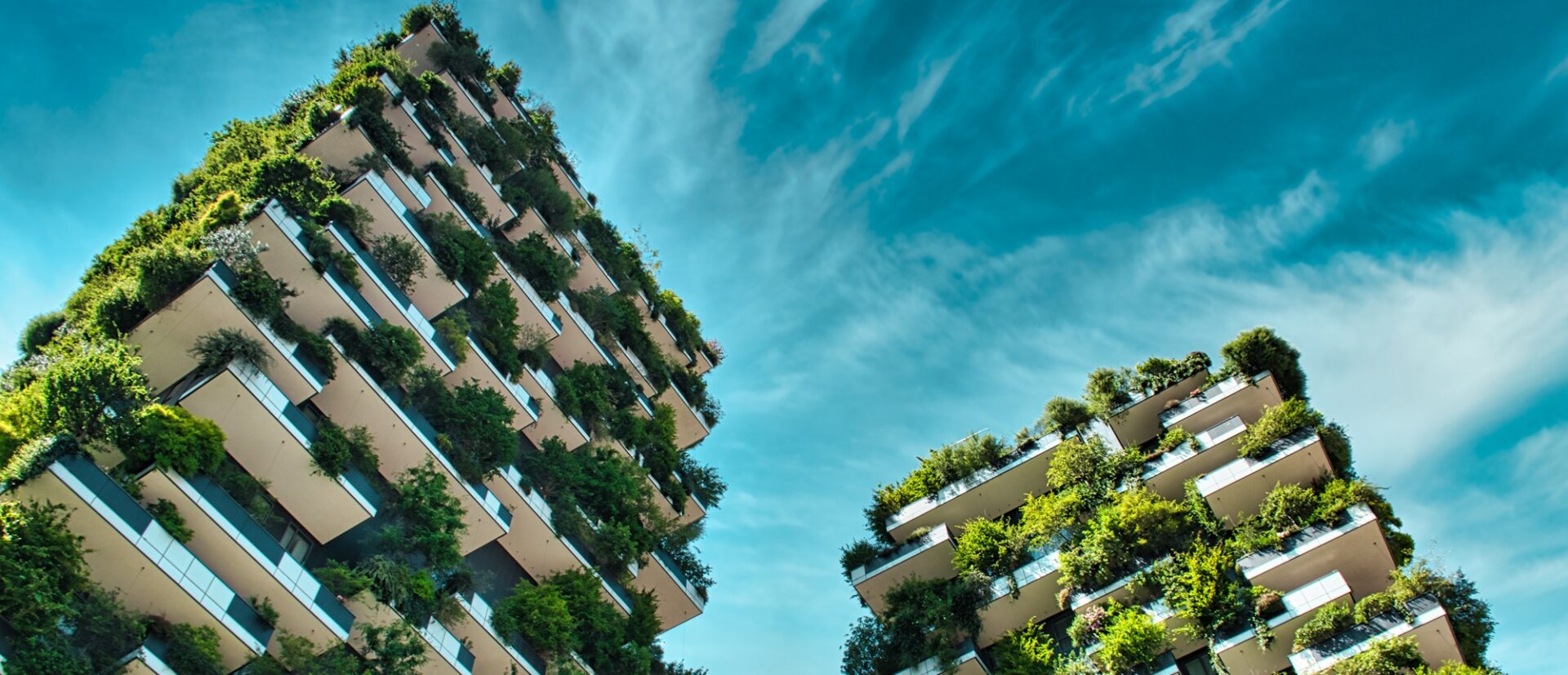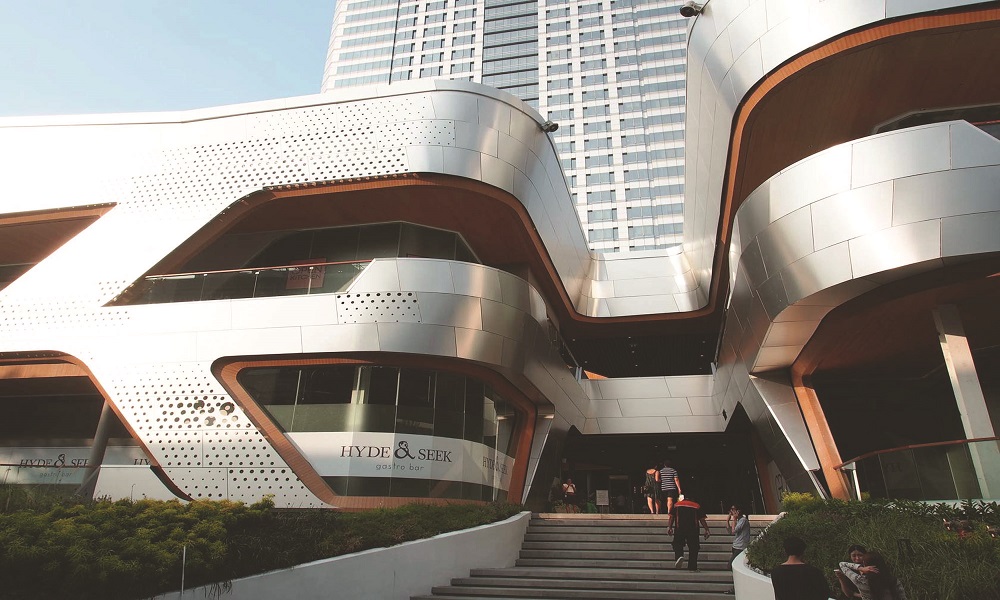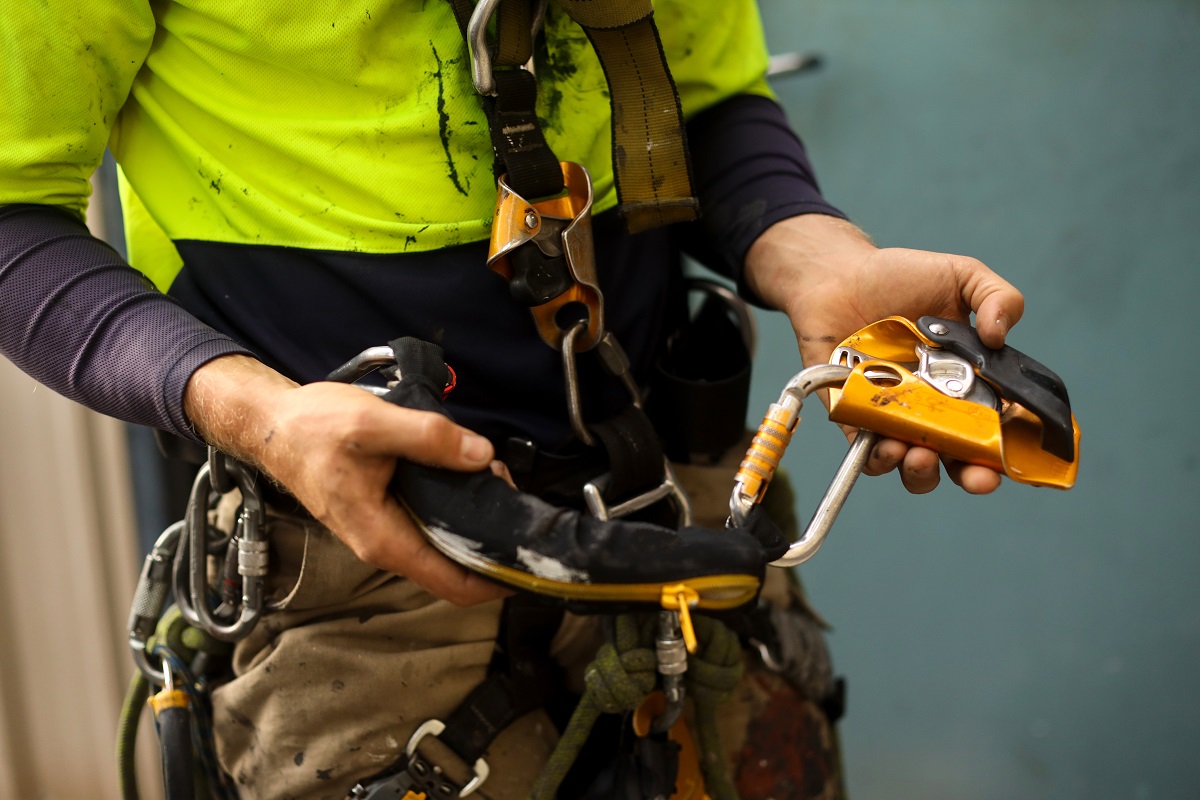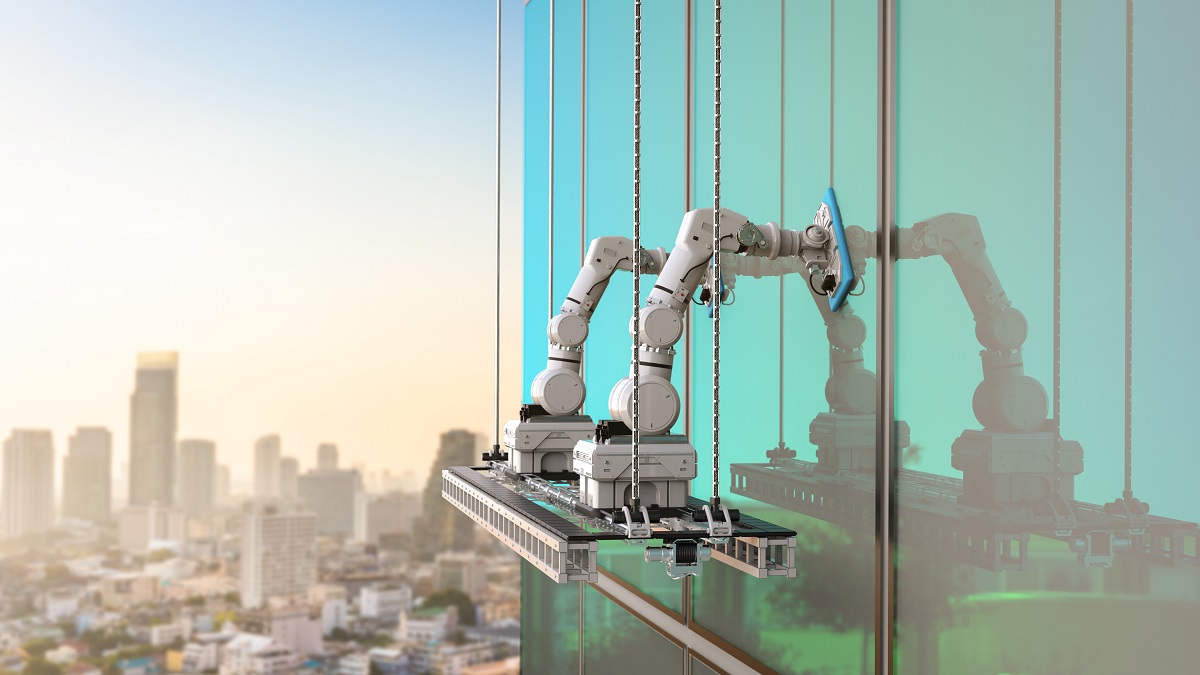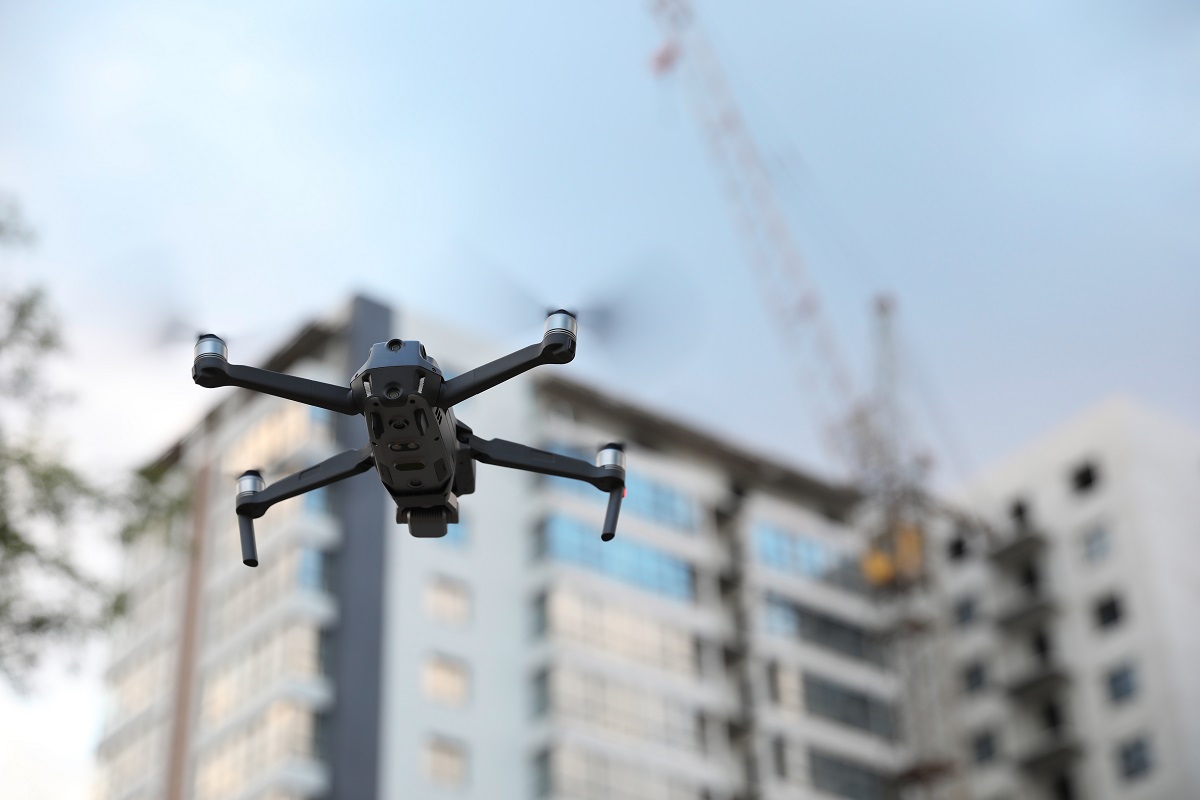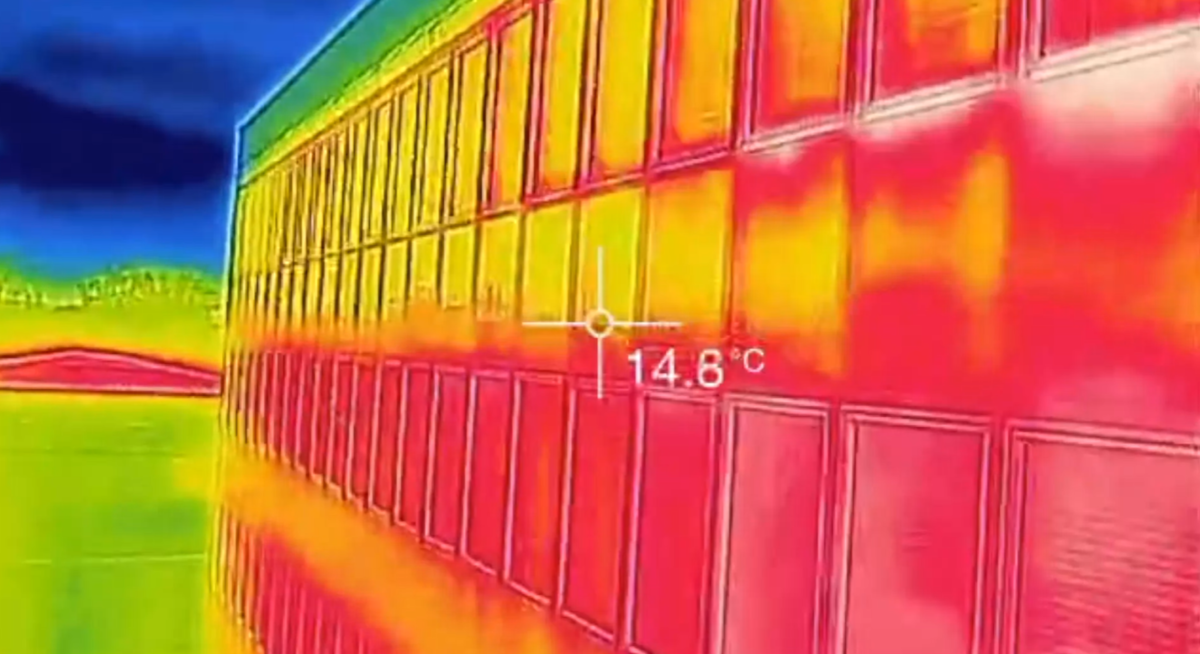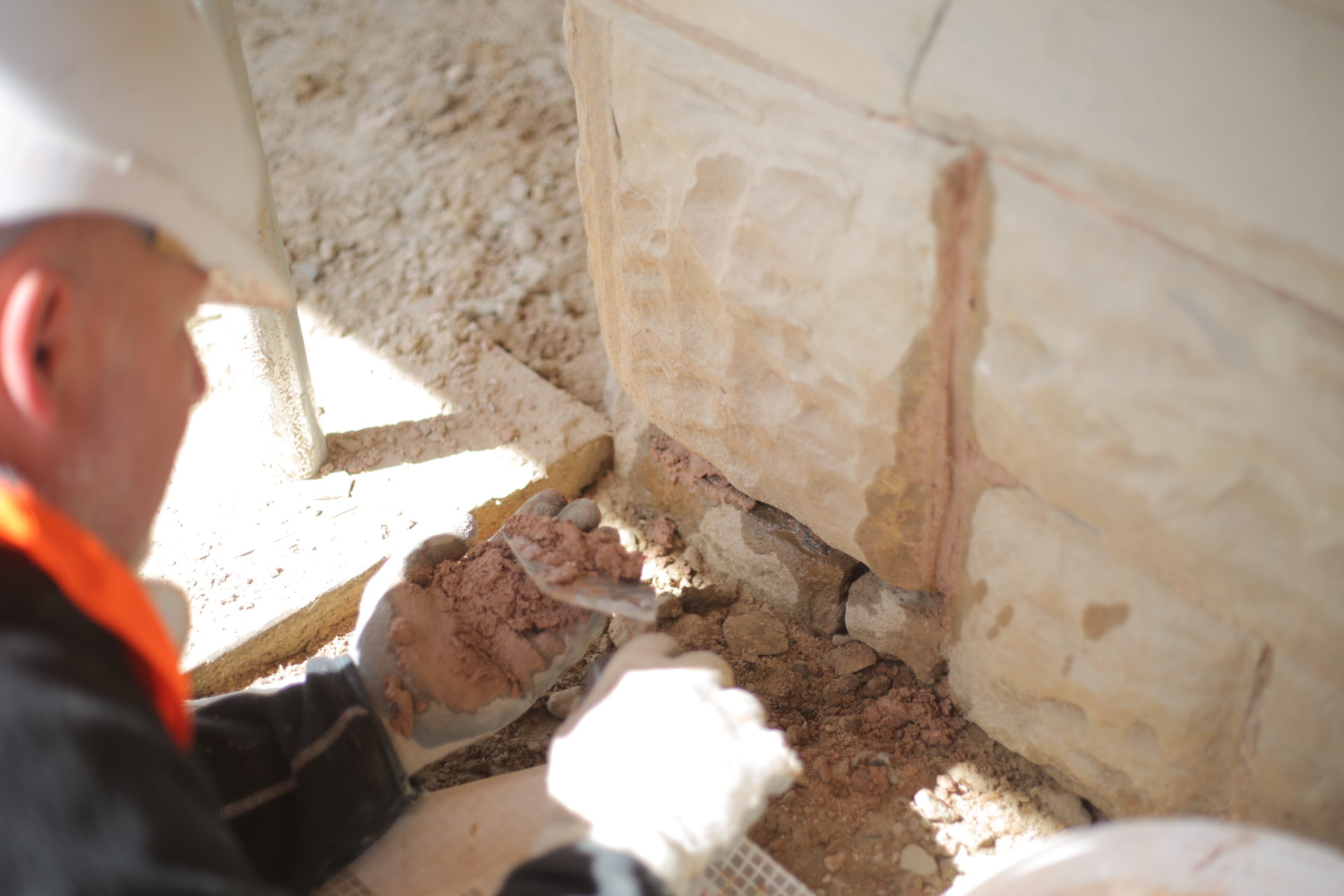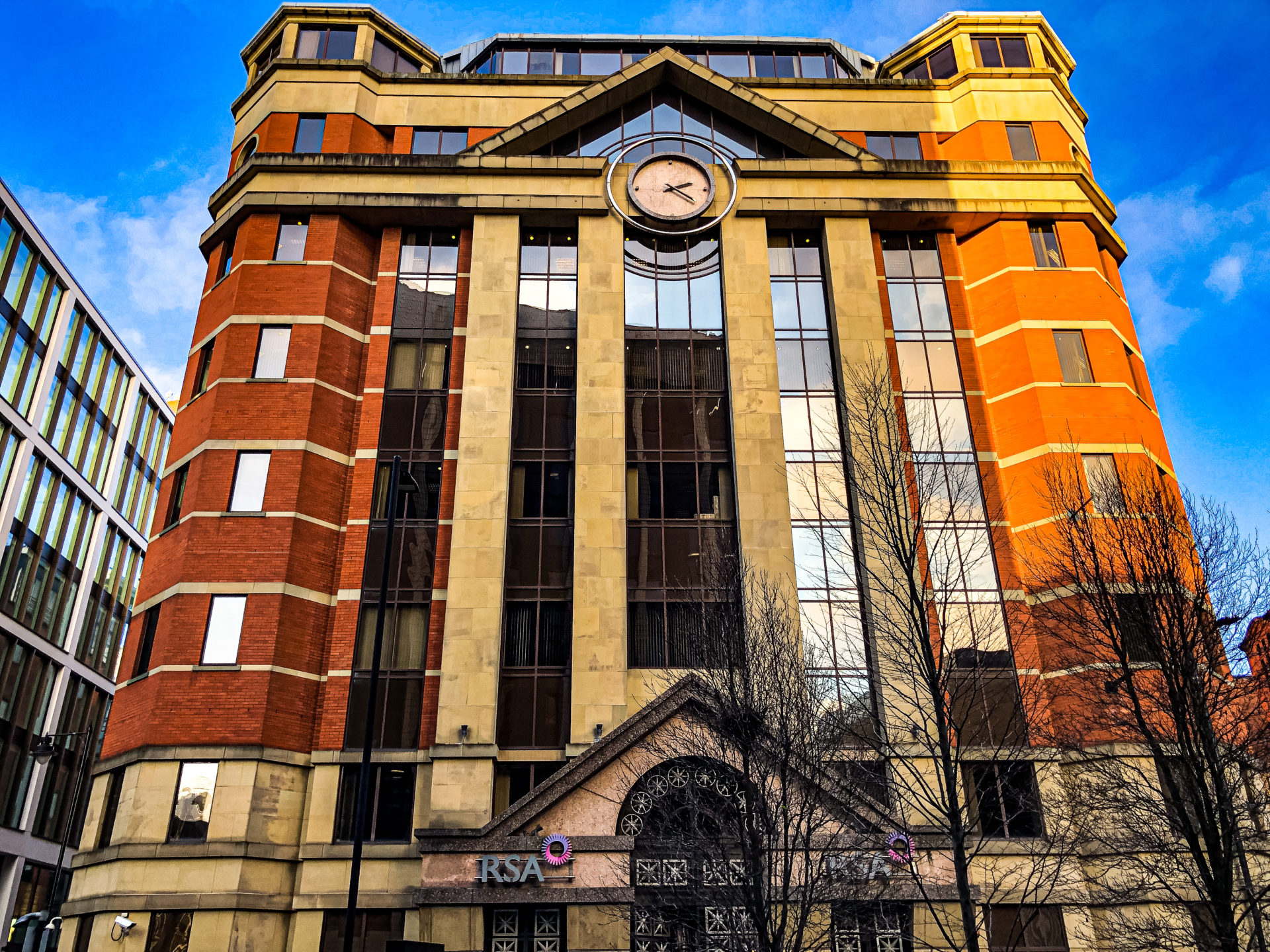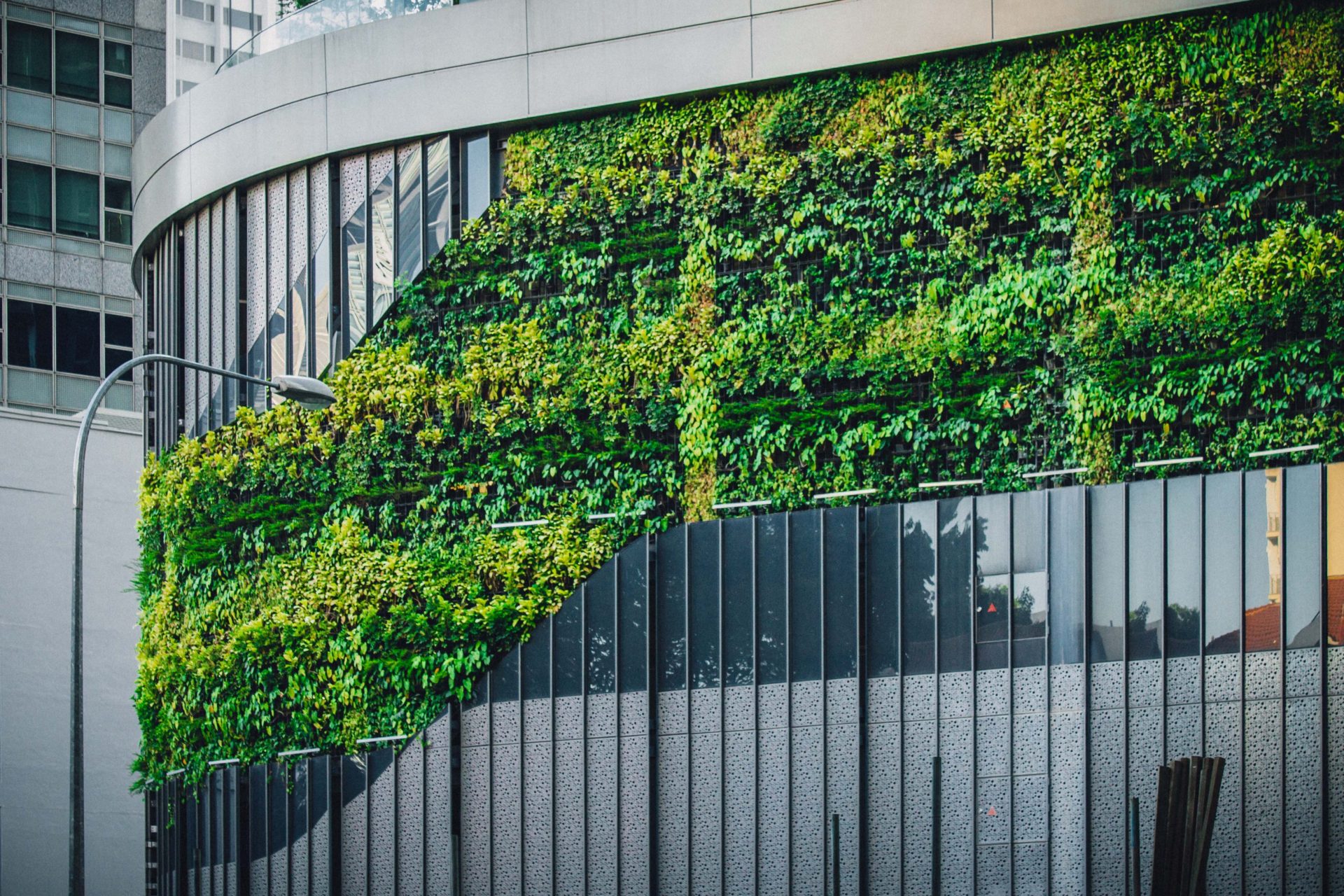US President Donald Trump’s apparent inability to accept sustainability and climate change as critical issues brings to mind the observation of another famous US citizen Mark Twain who reportedly said: “Denial ain’t just a river in Egypt.”
The great American man of letters – that is Twain not Trump in case you had any doubts– probably didn’t have the urban environment at the forefront of his thoughts when he made the remark.
But one would like to think if he was here today he would be a champion of sustainability and a proponent of the belief that responsibility is with us all to ensure a greener future for our children and the generations to come.
As towns and cities continue to grow outwards and upwards the onus of responsibility weighs heavily on architects and planners to design and implement more sustainable construction solutions.
Green building regulations have become a major consideration for regions that are experiencing higher urbanisation and motorisation, for example in the Middle East.
There is strong evidence throughout the globe that leading construction companies are taking action and demonstrating their commitment to best practices solutions, following guidelines such as those set out in the US Green Building Council or Emirates Green Building Council.
Is the answer to keep innovating and developing new materials to ensure that the construction targets can be met for financial return? Is building green good enough? Can the long-term impact of green building and working to new guidelines be quantified? Architectural design, innovation of space and how building façades are used within a new development to save, preserve or create more energy certainly has a massive part to play in achieving greater performance as well as a greater number of green buildings.
Optimising a building envelope, its façade, roof and elements of external space will all support a more sustainable urbanisation approach. Building and façade design need to be adapted to the geography to optimise its opportunity to contribute and take advantage of natural resources such as sun, rain or wind, to ensure sustainable urbanisation now and in the future.
The UAE is now leading the way in façade innovation, building efficiency and sustainable futures. A change in attitudes combined with huge steps forward in product development and performance has seen large investment in many government or university building façades such as the installation of photovoltaic panels, LED lighting, thermal insulation around windows or the application of specialist Nanotechnology coatings to help increase building efficiencies.
Preserving, protecting and optimising building façades and the space they provide within the current built environment to support sustainability objectives should be the first consideration. There also needs to be a much greater focus on maintaining current façade assets through a more proactive approach along with understanding where and how their space can be used towards assisting with improving building sustainability. As innovation continues to improve, material production should over time also assist in supporting commercial return targets.
New innovation of façade materials, design and performance are imperative for supporting future sustainable, construction and green building targets and they must have a more commercial appeal and be more scalable, cost effective and perceived as an investment. By integrating innovations with proactive façade management strategies we can work towards a greener and more sustainable future, ensuring these combined strategies both play their part in supporting global sustainability targets.
Ultimately continued construction is sustainable and we must protect the assets and façade space already constructed, reducing the need for materials whilst also reducing waste. Proactive façade management and protection is a solution ideally placed to ensure external façade materials and curtain walling are on track to exceed their predicted lifespan, arming those who maintain or own a building with the correct information to make educated decisions.
Particular attention in the future will be paid to the embodied carbon of the building and façade. This is because as the CO2 emissions of buildings decrease with improving energy efficiency of equipment, the relative proportion of lifetime CO2 emissions due to the construction of the building increases.
Most of us now are recognising how imperative sustainability is in life – perhaps finally we are on the right track.


